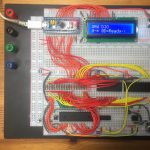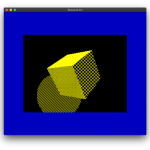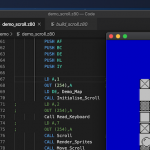Homebrew Z80 Computer (Part 3)
I left the project in the previous post with a ROM on-board, but still running NOPs – it was running an EEPROM filled with zeros. The next step is to find a way to run programs and see the output. In order to do that I will need to do a few things: Add an STM32 ‘Blue Pill’ microcontroller to handle I/O Add an LCD display module to output debug information from the STM32 Add …



